Highlights:
- Kristen praised India’s easy doctor access, with walk-ins and quick specialist appointments often available within days.
- She called Indian healthcare far more affordable, with consultations costing as low as ₹500 ($7) compared to $150+ in the US.
- Medicines are easier to obtain in India, often without prescriptions, and pharmacies are widely accessible.
- Kristen admired the clean facilities and menu-based meals in US hospitals, though they come with much higher costs.
- Social media users questioned her preference for US hospital experience, arguing quality care and attentiveness matter more than luxury.
American creator mom Kristen Fischer took it to Instagram to share her thoughts on experiencing healthcare in both India and the United States. Fischer, who has been living in India for some time, offered a candid comparison of the two systems—highlighting the strengths and weaknesses of each—and social media users are now divided over her observations.
Kristen began by praising India’s healthcare for its accessibility and efficiency. One of her biggest positives was that appointments are often unnecessary in India. Walk-ins are common, and patients can typically see a doctor the very same day. This ease of access, she said, is a stark contrast to the United States, where getting an appointment can take weeks or even months, especially for specialists.
Data backs this up: most specialist appointments in India are scheduled within a week, while elective surgeries take only a few weeks compared to three to six months in the US. Kristen also noted that doctors in India tend to spend more time with patients, listening carefully and addressing concerns without the sense of being rushed.
Affordability was another major factor that made Kristen prefer India’s healthcare. In India, a typical doctor consultation costs ₹500 to ₹1,500 ($7–$17), while the same visit in the US ranges from $150 to $600 (₹13,000 to ₹51,000). Hospital stays also cost a fraction of what they do in the United States—around ₹7,000 ($80) per night compared to about ₹2.5 lakh ($3,000) in the US.
Even health insurance is far more affordable in India, with premiums averaging $23 to $58 per month, whereas Americans often pay $800 to $1,500 monthly for coverage. Kristen found India’s medicine availability much simpler too, with many drugs sold over the counter without prescriptions, and chemists located almost everywhere.
Still, Kristen admitted that US hospitals offer a more polished experience overall. She appreciated the clean, quiet facilities and the fact that patients can choose meals from a menu—something rare in Indian hospitals. Waiting rooms in the US, she added, are often empty because appointments are scheduled precisely, making the process smoother once you get in.
However, this part of her video drew mixed reactions online. Many viewers questioned how the US hospital experience could be considered better when it is much more expensive, doctors spend less time with patients, and getting an appointment is a long process. Some argued that patients go to hospitals for treatment, not for restaurant-style menus or hotel-like facilities, and felt that India’s system—despite occasional overcrowding—offers more practical, patient-focused care.
Experts also note that the US system is slowed down by administrative red tape, with prior authorizations, referrals, and insurance approvals often delaying care. India, meanwhile, benefits from flexibility and a faster, more direct approach to treatment. While rural healthcare challenges persist in India, private hospitals often deliver results on par with US counterparts at a fraction of the cost.
Kristen’s video has ultimately opened up a broader conversation about what patients truly value in healthcare—speed, affordability, and attentiveness, or a polished hospital experience.
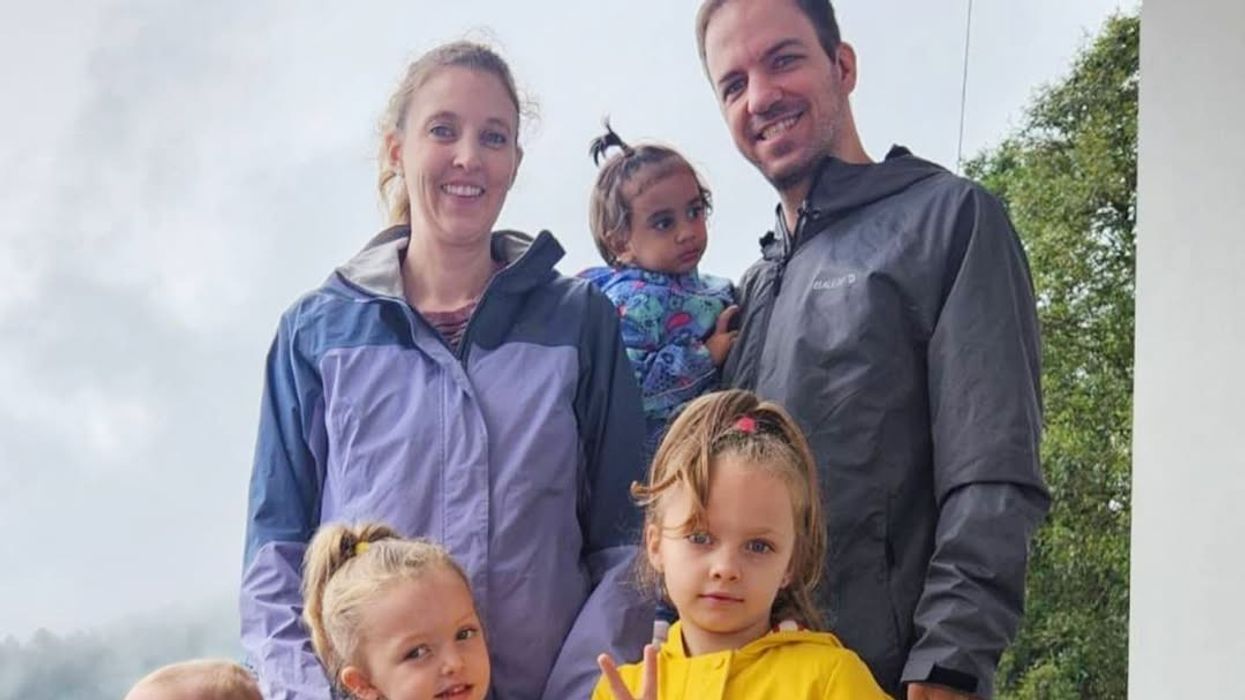


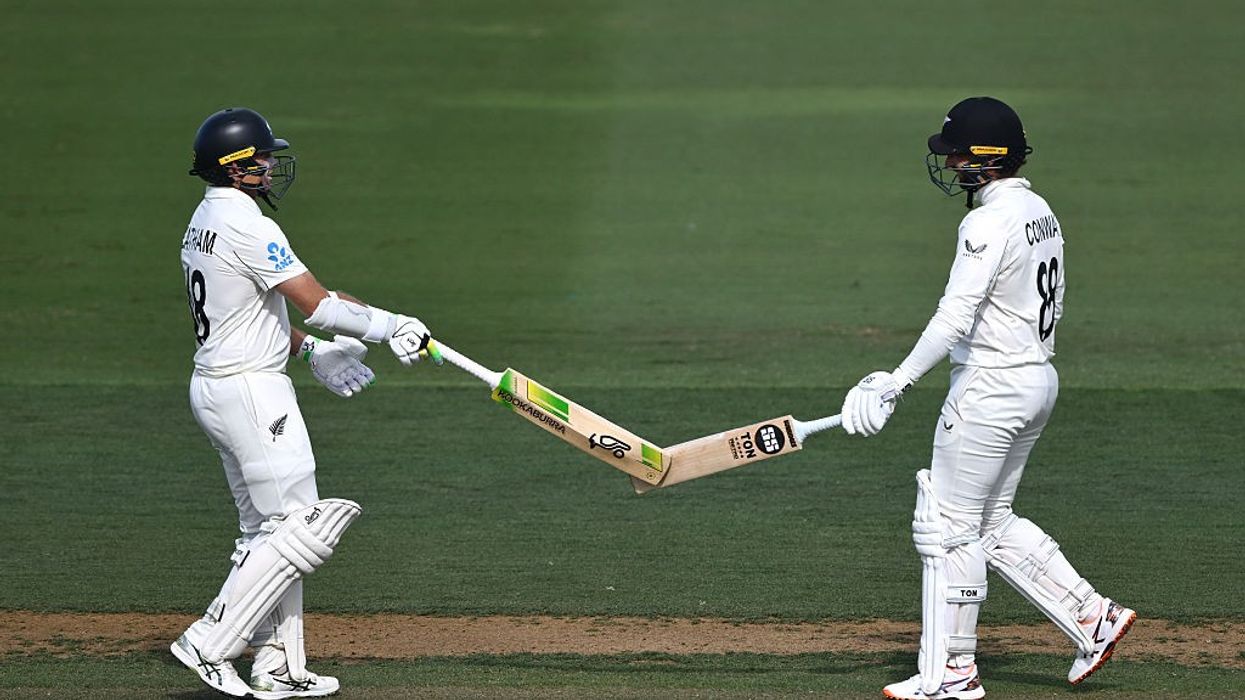
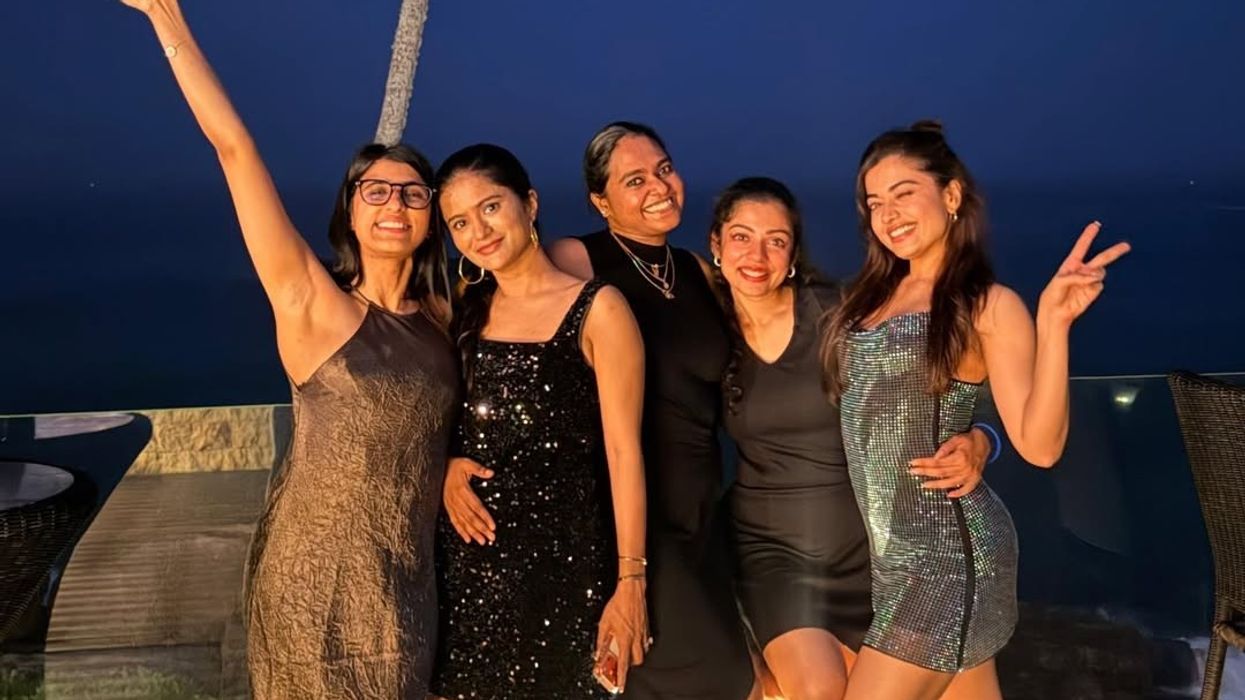

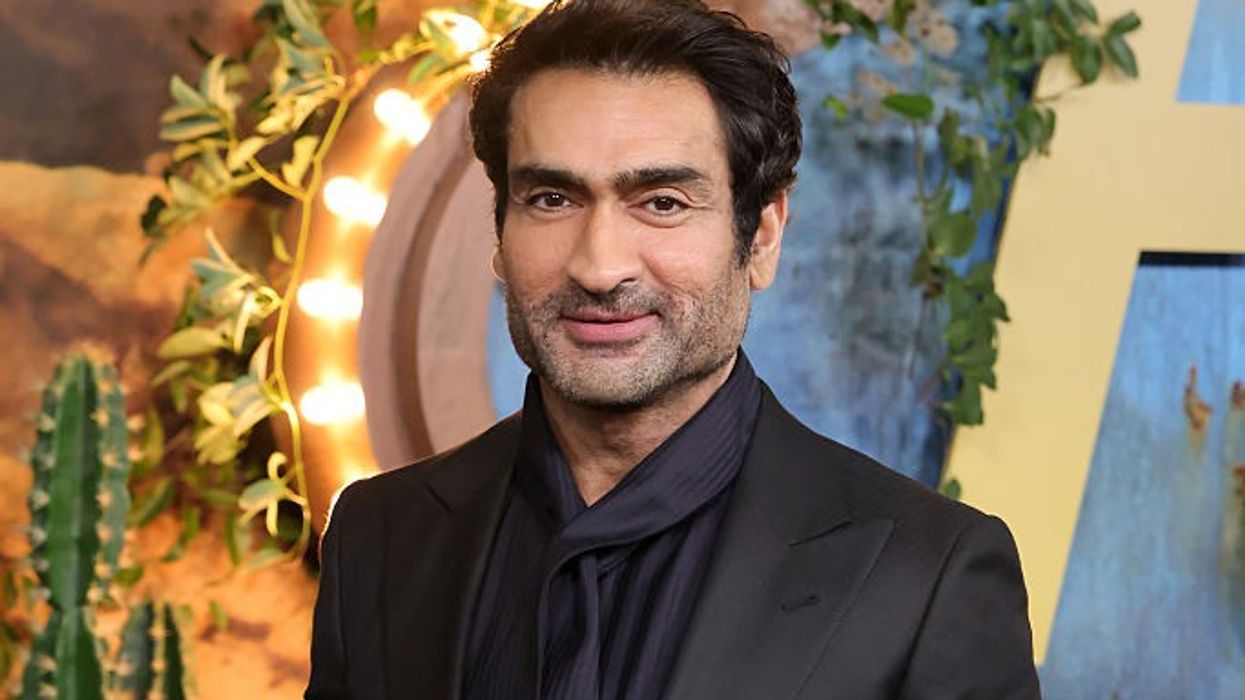
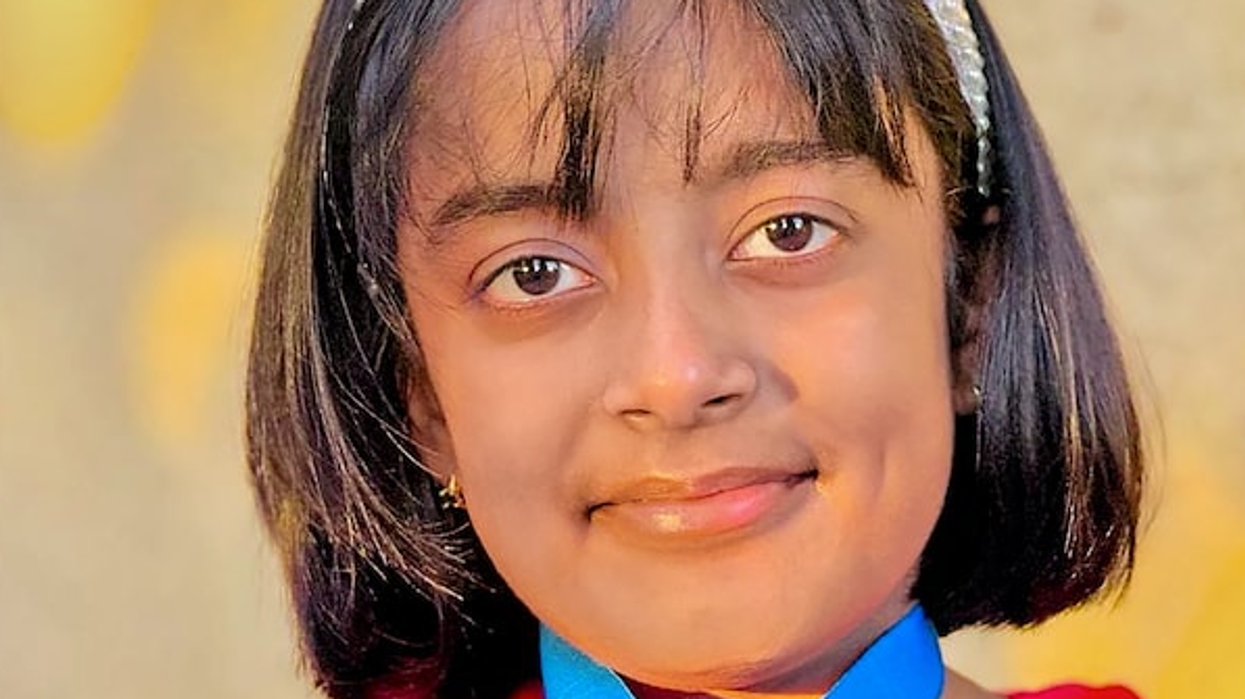

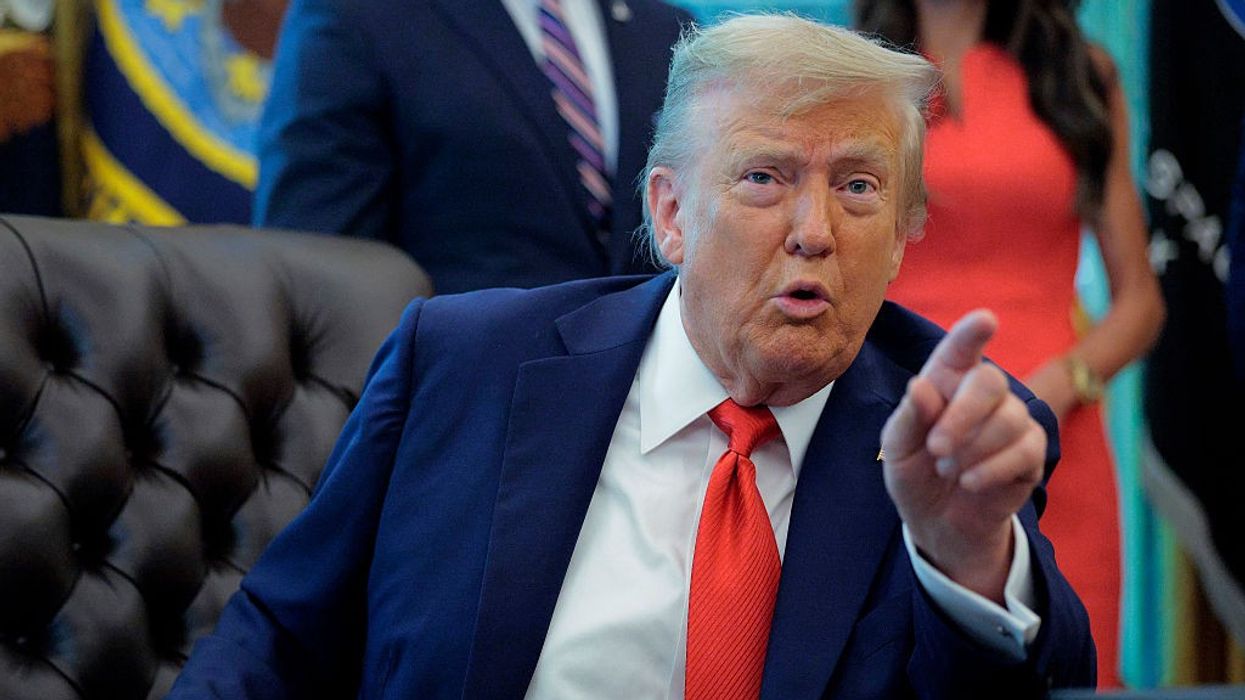

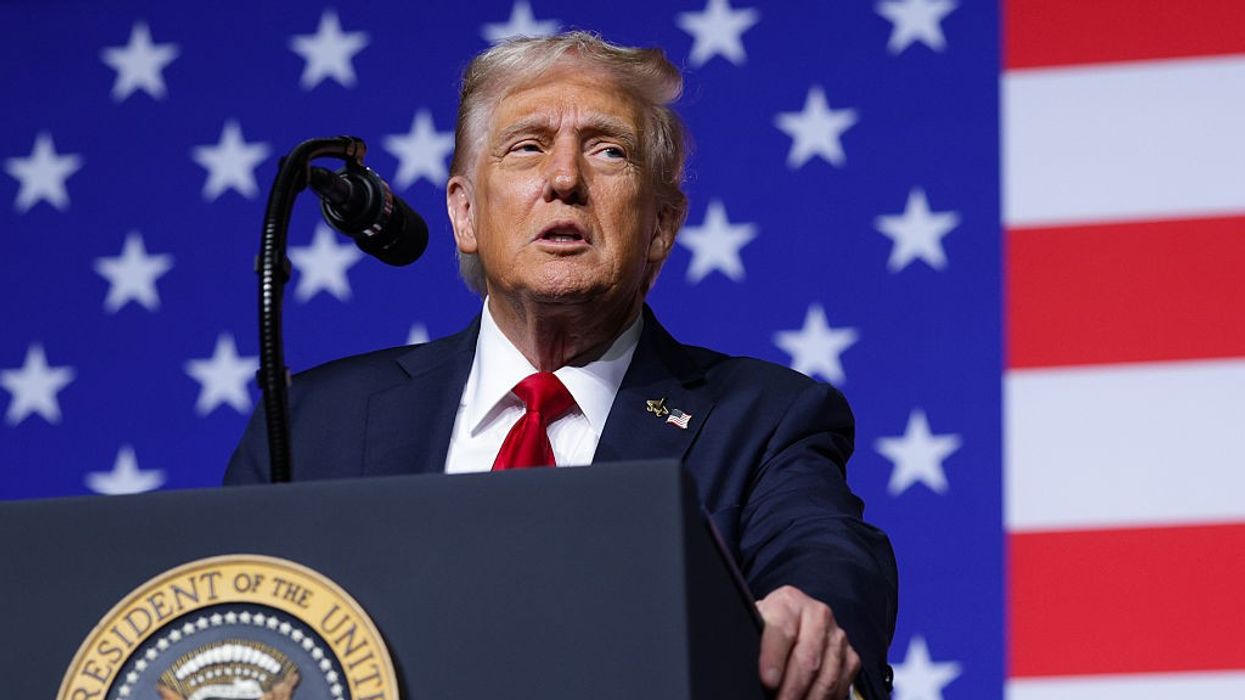
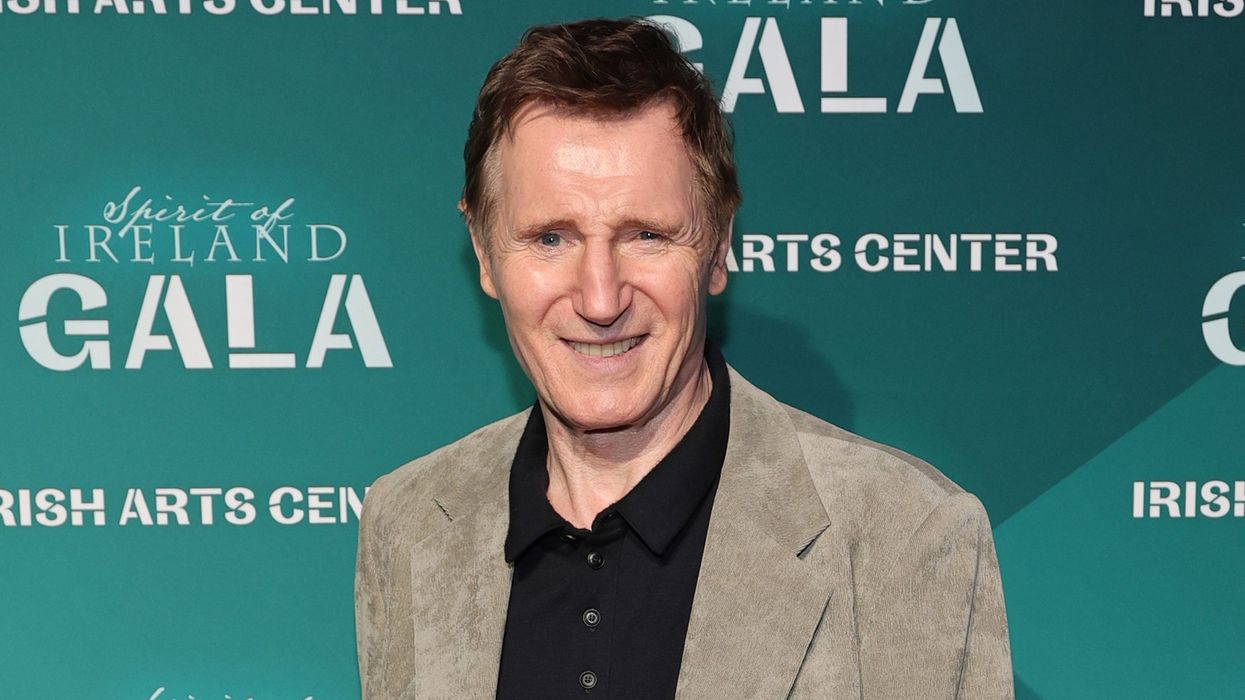
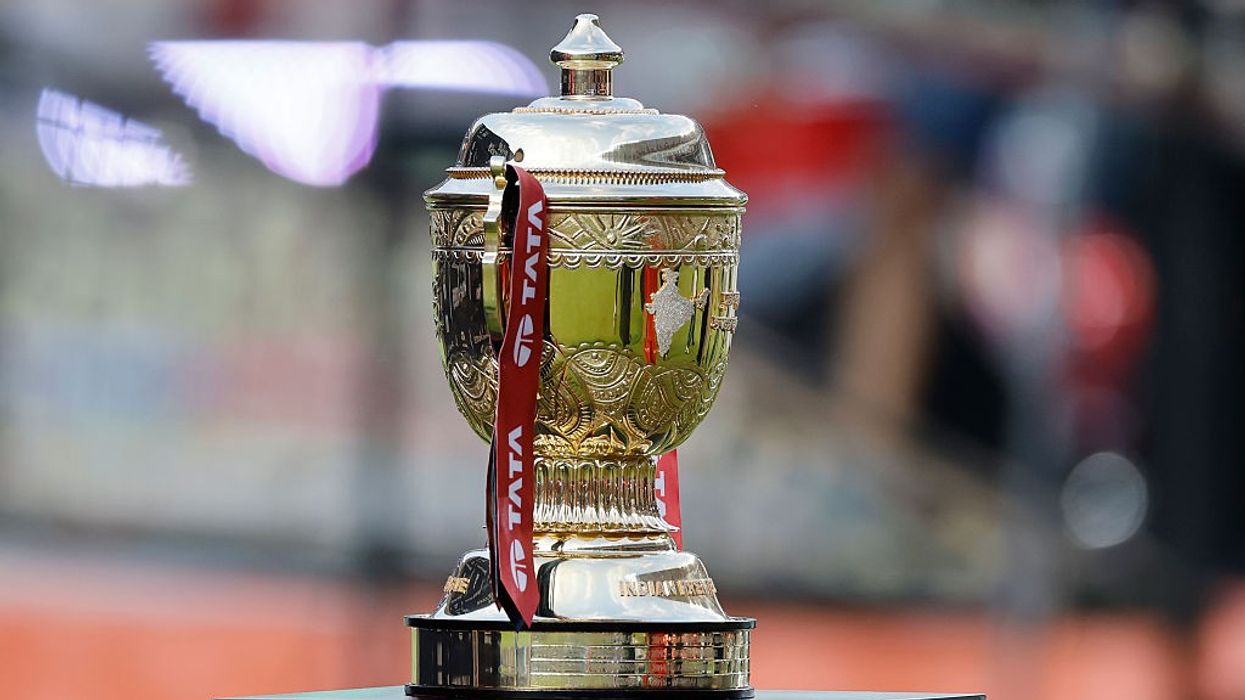
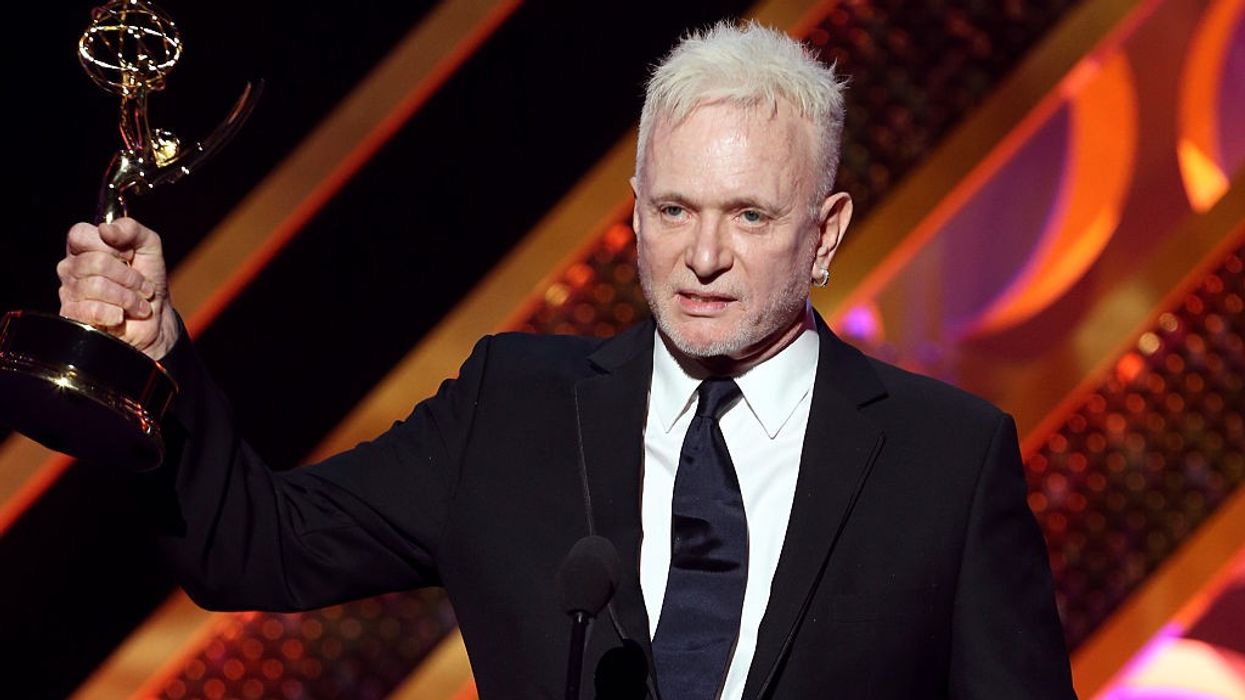


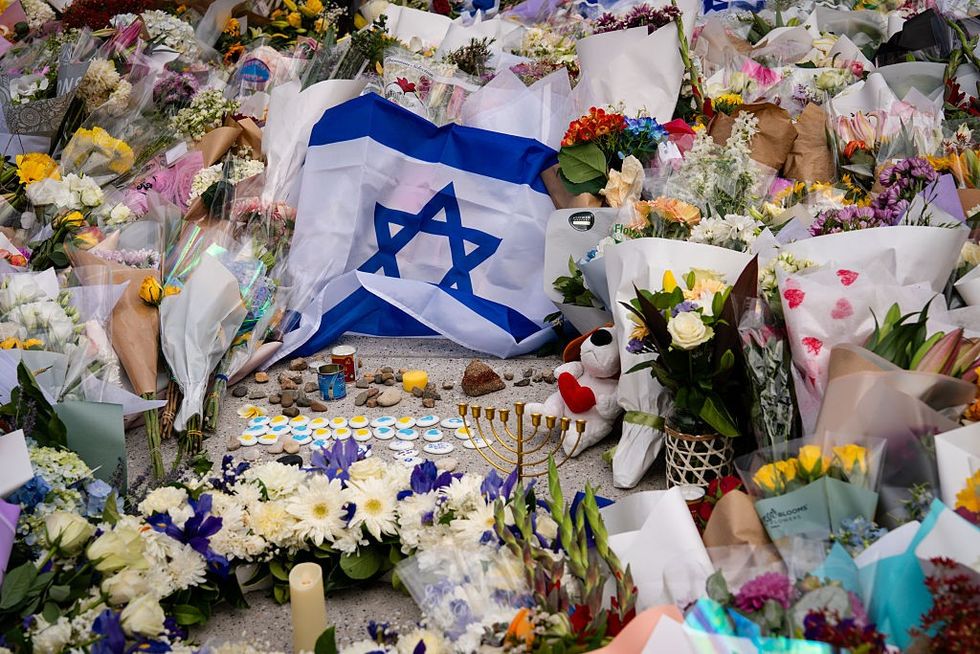 : An Israeli flag and flowers are laid outside Bondi Pavilion at Bondi Beach as people gather to mourn in the wake of a mass shooting on December 15, 2025 in Sydney, Australia. Getty Images
: An Israeli flag and flowers are laid outside Bondi Pavilion at Bondi Beach as people gather to mourn in the wake of a mass shooting on December 15, 2025 in Sydney, Australia. Getty Images